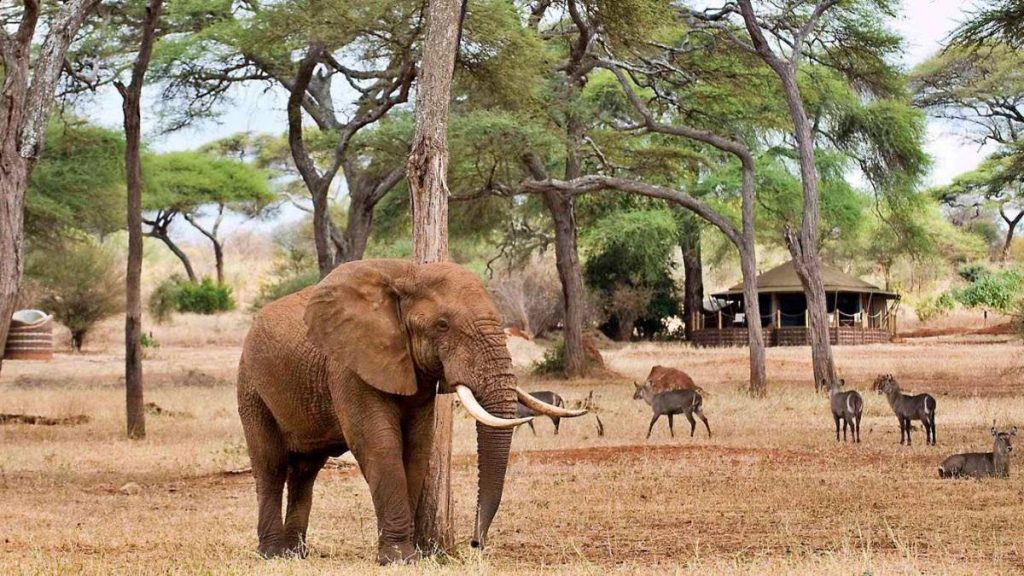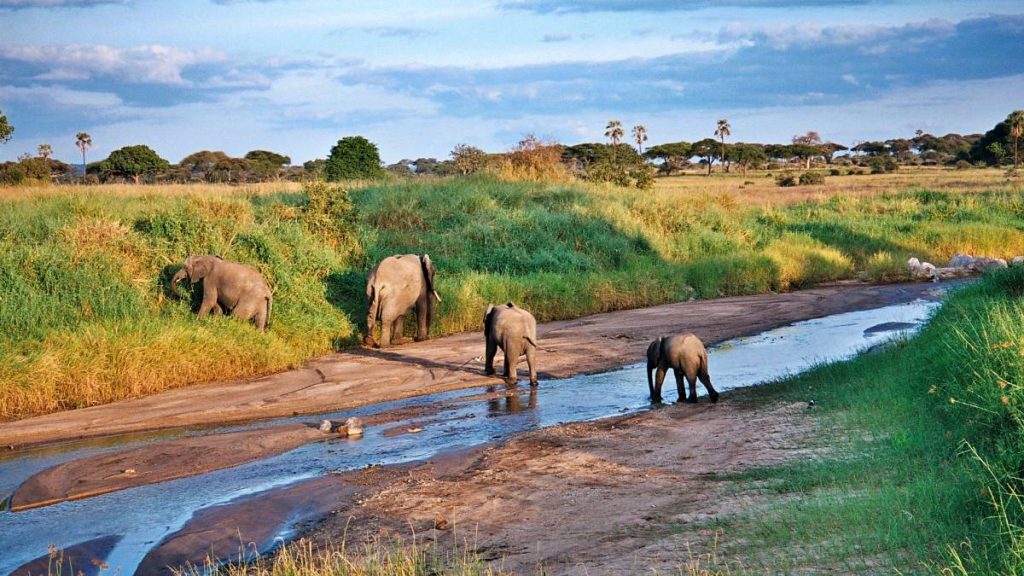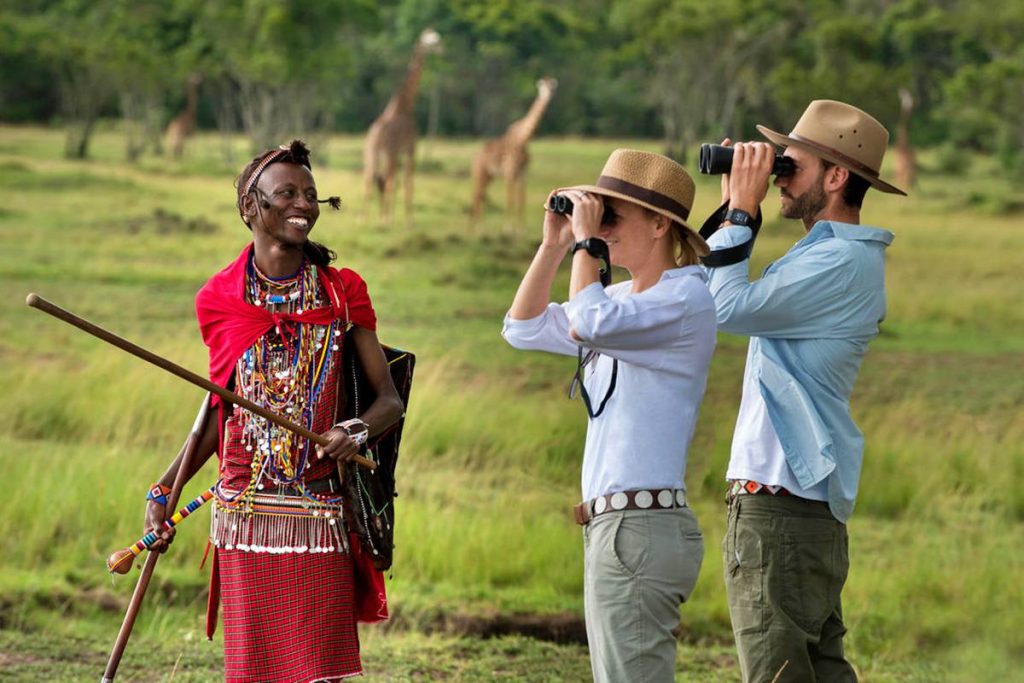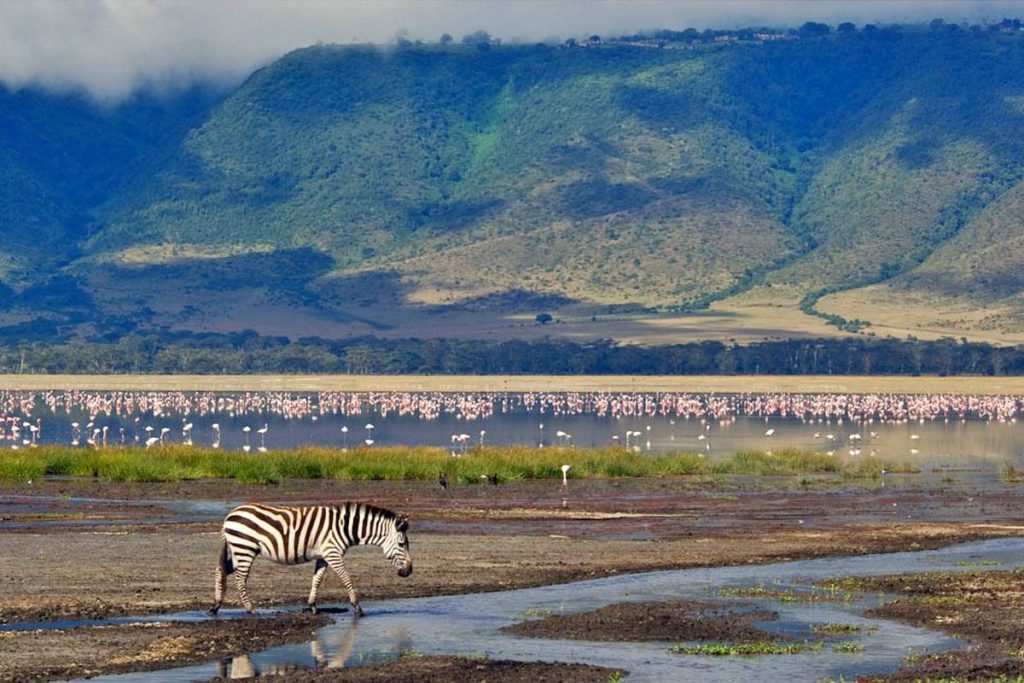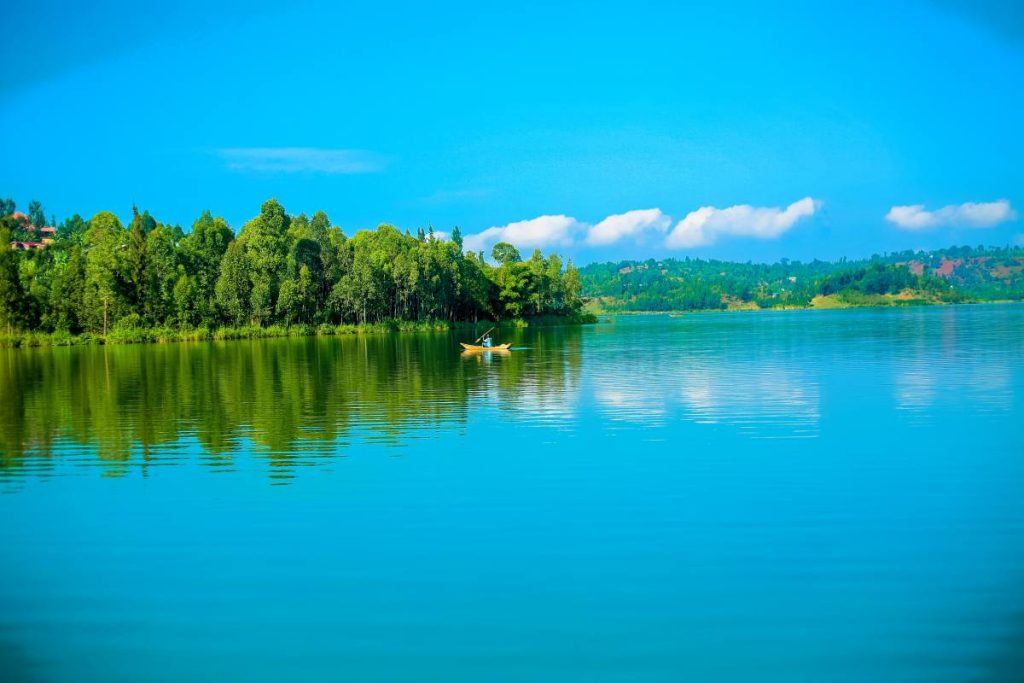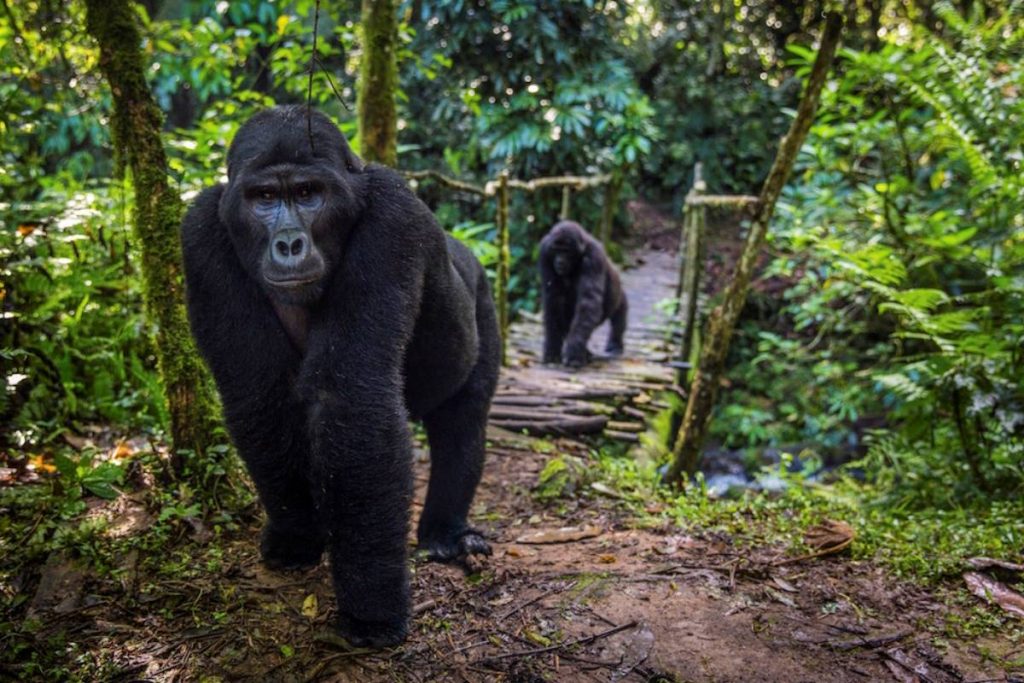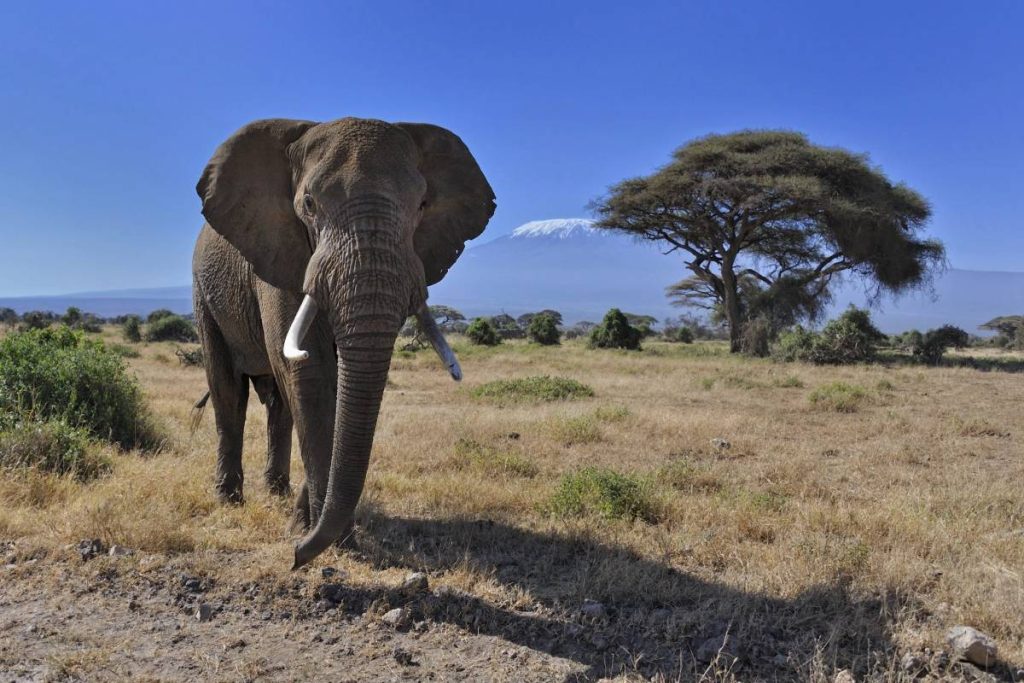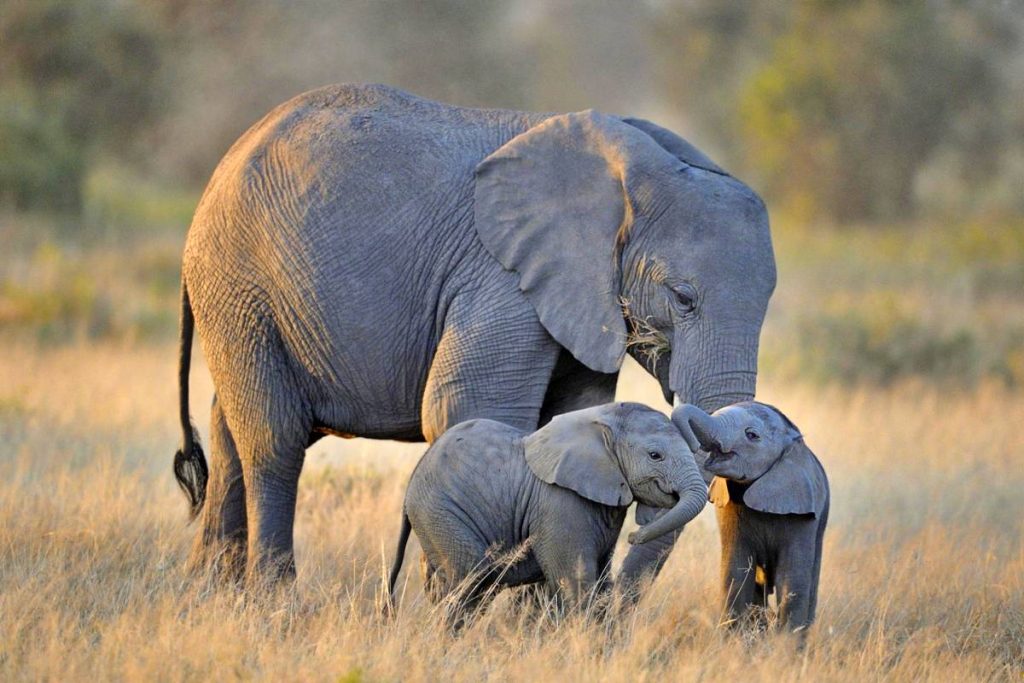The park is located west of Moshi and Arusha town, southeast of Manyara, and covers about 2600 sq km. This park has a particularly dense wildlife population between June to December, more than 2136 elephants live here, and in the dry season, most of the game congregates along the river Tarangire. The Park is an ornithologist’s paradise rich in birds of prey and on an incredible diversity of avifauna plus pythons climb trees. The fierce sun sucks the moisture from the landscape, baking the earth a dusty red, the withered grass as brittle as straw. The Tarangire River has shriveled to a shadow of its wet season self. But it is choked with wildlife. Thirsty nomads have wandered hundreds of parched kilometres knowing that here, always, there is water.
Herds of up to 300 elephants scratch the dry river bed for underground streams, while migratory wildebeest, zebra, buffalo, impala, gazelle, hartebeest, and eland crowd the shrinking lagoons. It’s the greatest concentration of wildlife outside the Serengeti ecosystem – a smorgasbord for predators – and the one place in Tanzania where dry-country antelope such as the stately fringe-eared oryx and peculiar long-necked gerenuk are regularly observed. During the rainy season, the seasonal visitors scatter over a 20,000 sq km (12,500 sq miles) range until they exhaust the green plains and the river calls once more. But Tarangire’s mobs of elephants are easily encountered, wet or dry.
The swamps, tinged green year round, are the focus for 550 bird varieties, the most breeding species in one habitat anywhere in the world. On drier ground you find the Kori bustard, the heaviest flying bird; the stocking-thighed ostrich, the world’s largest bird; and small parties of ground hornbills blustering like turkeys. More ardent bird lovers might keep an eye open for screeching flocks of the dazzlingly colorful yellow-collared lovebird, and the somewhat drabber rufous-tailed weaver and ashy starling – all endemic to the dry savannah of north-central Tanzania.
Disused termite mounds are often frequented by colonies of the endearing dwarf mongoose, and pairs of red-and-yellow barbet, which draw attention to themselves by their loud, clockwork-like duetting. Tarangire’s pythons climb trees, as do its lions and leopards, lounging in the branches where the fruit of the sausage tree disguises the twitch of a tail.
Featured Safaris
9 Days Rwanda Gorilla Experience & Safari
9-Day Best of Uganda Safari with Gorillas
Maasai Mara Game Reserve
12-Day Best of Kenya and Rwanda Tour
5-Day Rwanda Gorillas & Lake Kivu Tour
5-Day Roar Quest Remarkable Rwanda Tour
4-Day Gorillas & Chimpanzee Trek Tour
8-Day Taste of Kenya Roar Quest Luxury Safari
6-Day Roar Quest Kenya Serena Circuit Adventure

Unlock your Kenya, Tanzania or Uganda safari adventure with a personalized quote tailored to your preferences and budget. Start planning your dream safari today!
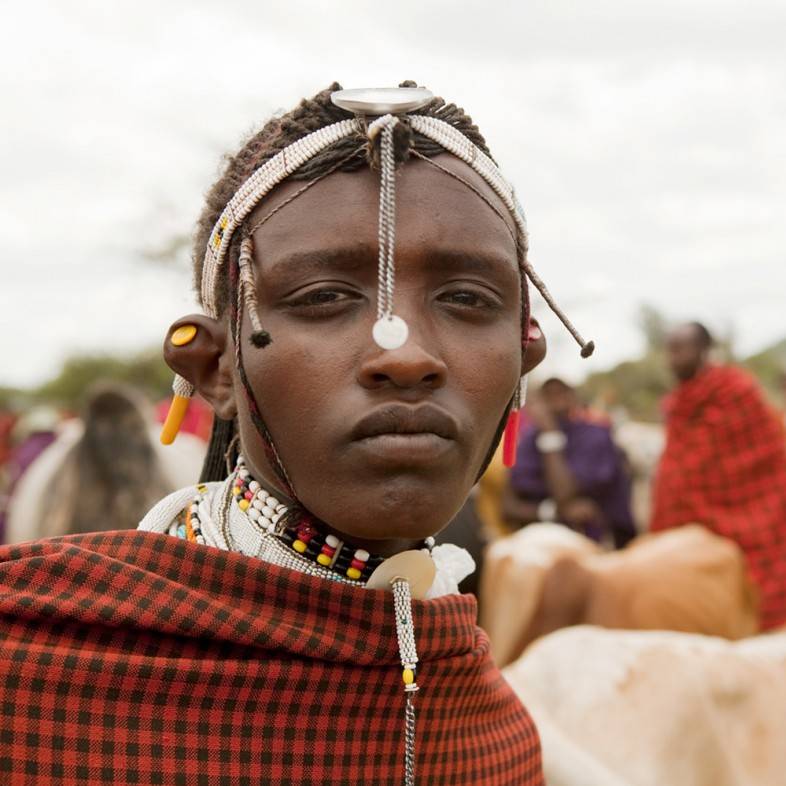
Connect with our friendly team of safari experts to discuss your travel plans, ask questions, and receive personalized recommendations.

